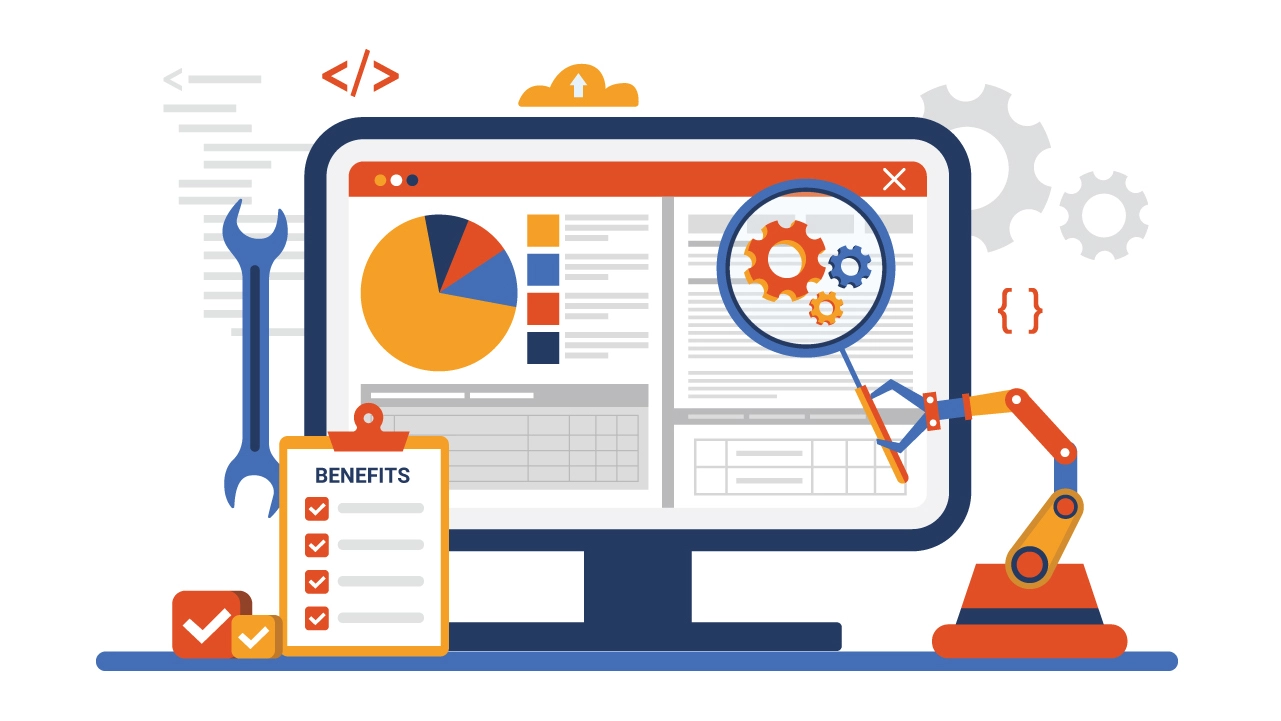The world of mobile and web development is constantly evolving, and at the forefront of this evolution is the integration of Artificial Intelligence. Imagine applications that don’t just react to user input, but proactively observe, interpret, and act on information, anticipating user needs and providing intelligent assistance. This is the promise of “agentic applications,” and with the powerful combination of Flutter, Google’s Gemini, and Vertex AI, this future is becoming a reality.
What are Agentic Applications?
Traditional applications often follow a fixed set of rules or respond to direct user commands. Agentic applications, on the other hand, embody a more sophisticated level of intelligence. They are designed to:
- Observe: Continuously gather data from various sources – user interactions, device sensors, external APIs, etc.
- Interpret: Understand the context and meaning of the observed data, often leveraging large language models (LLMs) to derive insights.
- Act: Take proactive steps or suggest relevant actions based on their interpretation, aiming to achieve a specific goal with minimal human intervention.
- Learn and Adapt: Improve their performance over time by evaluating outcomes and refining their strategies.
This capability to “think” and “do” makes agentic apps far more dynamic and helpful, moving beyond simple automation to truly intelligent assistance.
Flutter: The Perfect Canvas for Agentic Experiences
Flutter, Google’s UI toolkit for building natively compiled applications for mobile, web, and desktop from a single codebase, offers an ideal platform for developing agentic apps. Its key advantages include:
- Cross-platform development: Build once, deploy everywhere, reaching a wider audience with your intelligent applications.
- Expressive UI: Create beautiful and highly responsive user interfaces that can effectively present complex AI-generated insights and actions.
- Performance: Flutter’s native compilation ensures smooth and fluid animations, crucial for a seamless user experience, especially when dealing with real-time AI interactions.
- Growing ecosystem: A rich set of libraries and tools simplifies integration with various services, including Google’s AI offerings.
Unleashing Intelligence with Gemini and Vertex AI
The true intelligence in agentic applications comes from powerful AI models. Here’s where Google’s Gemini and Vertex AI shine:
- Gemini: As Google’s most capable and flexible multimodal AI model, Gemini can understand and process information across various modalities – text, images, audio, and more. This multimodal capability is crucial for agentic apps that need to observe and interpret diverse data streams. From understanding conversational nuances to analyzing visual information, Gemini provides the core intelligence.
- Vertex AI: This fully-managed, unified AI development platform on Google Cloud provides the infrastructure and tools needed to build, deploy, and scale machine learning models, including Gemini. Key aspects for agentic apps include:
- Agent Builder: Simplifies the process of creating and deploying enterprise-ready generative AI experiences and multi-agent workflows.
- Function Calling: Enables Gemini to interact with external tools and APIs, allowing agents to take real-world actions (e.g., booking a flight, sending a message, retrieving data from a database).
- Model Garden: Offers access to a wide variety of foundation models, including Gemini, and tools for fine-tuning them for specific use cases.
- MLOps Tools: Provides robust capabilities for managing the entire ML lifecycle, from data preparation to model deployment and monitoring, ensuring the reliability and continuous improvement of your agentic apps.
How Flutter, Gemini, and Vertex AI Come Together
Building agentic apps with this stack typically involves:
- Flutter UI: Designing the user interface that interacts with the user and displays AI-generated information and actions.
- Dart SDK for Gemini/Vertex AI: Leveraging the
google_generative_aiorfirebase_vertexaipackages in Dart to connect your Flutter app directly to Gemini models. - Prompt Engineering: Crafting effective system prompts that guide the LLM to understand context, reason, and generate appropriate responses or actions.
- Function Declarations: Defining “tools” that the Gemini model can call within your Flutter application or external services. This is where the “act” part of an agentic app truly comes alive, enabling the AI to trigger specific functionalities.
- State Management: Utilizing Flutter’s state management solutions (like Riverpod or Bloc) to synchronize UI events with LLM interactions and manage the conversational context and history of the agent.
- Firebase AI Logic (Optional but Recommended): For serverless integration, Firebase AI Logic provides a seamless way to access Gemini without managing your own backend, simplifying deployment and scaling.
Examples of Agentic Apps
The possibilities for agentic applications are vast:
- Proactive Personal Assistants: An app that observes your calendar, emails, and location, and proactively suggests relevant actions like ordering coffee before a meeting, reminding you to pick up groceries on your way home, or suggesting a route change due to traffic.
- Intelligent Customer Support: Chatbots that not only answer questions but can access internal systems to resolve issues, escalate complex cases, and proactively offer solutions based on user behavior.
- Dynamic Learning Platforms: Educational apps that adapt content and learning paths based on a student’s progress, understanding of concepts, and even emotional state.
- Smart Home Controllers: Applications that learn your habits and preferences to autonomously adjust lighting, temperature, and security settings.
The Future is Agentic
The combination of Flutter’s versatility and performance with the advanced intelligence of Gemini and the robust capabilities of Vertex AI is opening up a new era of application development. By building agentic mobile apps, developers can create truly intelligent and proactive experiences that anticipate user needs, automate complex tasks, and fundamentally change how we interact with technology. If you’re looking to build the next generation of intelligent applications, diving into Flutter with Gemini and Vertex AI is an exciting and promising path.




